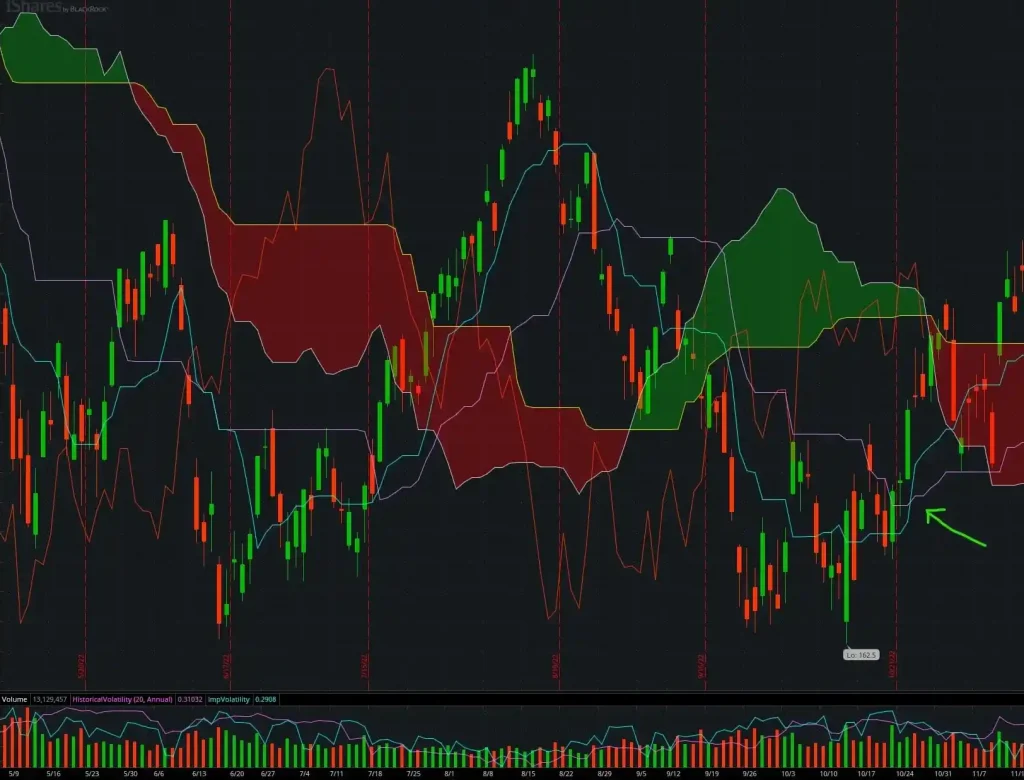The Ultimate Guide to Understanding Profit Factor in Trading
In the dynamic world of Forex trading, Malaysian traders are constantly seeking reliable metrics to evaluate their trading performance. The profit factor serves as a crucial indicator that helps determine the effectiveness of trading strategies and Expert Advisors (EAs). This comprehensive guide explores the intricacies of profit factor analysis and its practical applications in the Malaysian trading environment.

What is Profit Factor?
Profit factor is a statistical measure that represents the ratio between total profits and total losses in trading. This essential performance metric helps traders evaluate the efficiency of their trading systems and strategies. The calculation involves dividing gross profits by gross losses over a specific period, providing insights into the overall profitability of trading activities.
Core components of profit factor analysis:
• Total gross profits from winning trades
• Total gross losses from losing trades
• Trading period duration
• Number of trades executed
• Risk-reward ratio implications
• Strategy consistency measurement
• Performance evaluation metrics
Ideal Profit Factor Values and Performance Levels
| Profit Factor Range | Performance Level | Strategy Assessment |
| 2.0 and above | Exceptional | Highly profitable system |
| 1.5 – 2.0 | Strong | Reliable performance |
| 1.3 – 1.5 | Good | Stable returns |
| 1.0 – 1.3 | Marginal | Break-even zone |
| Below 1.0 | Poor | System needs revision |
Calculating Profit Factor
The formula for calculating profit factor is straightforward: Profit Factor = Total Gross Profits ÷ Total Gross Losses Example calculation scenario: • Trading period: 3 months • Number of trades: 100 • Winning trades: 45 • Losing trades: 55 • Total profits: $15,000 • Total losses: $10,000 • Resulting profit factor: 1.5Practical Applications and Strategy Development
| Risk Level | Maximum Position Size | Stop Loss Distance | Take Profit Ratio |
| Conservative | 0.1% of leverage | 20 pips | 1:2 |
| Moderate | 0.5% of leverage | 40 pips | 1:3 |
| Aggressive | 1.0% of leverage | 60 pips | 1:4 |
Strategy Validation:
- Historical performance testing
- Real-time monitoring
- Risk management assessment
- System optimization
- Performance benchmarking
Trading System Evaluation:
- Consistency check
- Drawdown analysis
- Win rate correlation
- Position sizing impact
- Market condition adaptation
Risk Management Integration:
- Capital allocation guidelines
- Stop-loss placement
- Take-profit targets
- Position sizing rules
- Portfolio diversification
Common Pitfalls and Considerations
Important factors to watch for when using profit factor analysis:
Sample Size Issues:
- Minimum trade requirement
- Statistical significance
- Time period adequacy
- Market phase coverage
- Data quality verification
Market Conditions Impact:
- Volatility influence
- Trend dependency
- Seasonal variations
- Economic events effect
- Trading instrument specifics

FAQ Section:
What is considered a good profit factor in Forex trading?
A profit factor above 1.3 is considered good, with values above 2.0 being exceptional.
How many trades are needed for reliable profit factor calculation?
A minimum of 100 trades is recommended for statistically significant results
Can profit factor be used for all trading timeframes?
Yes, but it’s more reliable on longer timeframes due to reduced noise in the data.
Should profit factor be the only metric for strategy evaluation?
No, it should be used alongside other metrics like drawdown and Sharpe ratio.
How often should profit factor be recalculated?
Regular monthly or quarterly calculations are recommended to monitor strategy performance.

